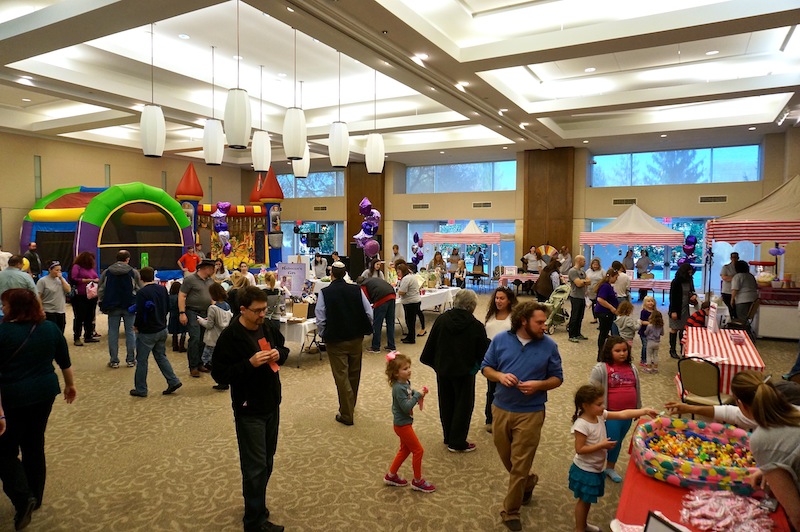Local Ipsum
Published 10 years, 1 month pastThroughout 2015, a few people who’ve seen me present “Designing for Crisis” at An Event Apart have noticed that, on the slides where I have filler text, it’s a localized variant. In Washington, DC, for example, one section started out:
Andrew ellicott lobortis decima thomas jefferson vulputate dynamicus fiant kingman park sollemnes ford’s theater. Vero videntur modo claritatem possim quis quod est noma howard university consequat diam. Blandit ut claram north michigan park seacula judiciary square william jefferson clinton hawthorne millard fillmore iis…
This was a product of some simple PHP I’d originally written to generate Cleveland-themed filler text a year or so back, which you can find at localipsum.meyerweb.com, and which I’d expanded upon to let me generate text for my presentations at AEA. The name comes from the original idea I had, which was to provide a list of cities/regions/whatever, so that users could pick one and generate some filler text. That never quite came together. I had a semi-working version once, but the UI was horrible and the file management was worse and I got discouraged and rolled back to what you see now.
I kept telling myself that I’d get back to it, do the city-selection thing right, polish it nicely, and then finally release the source. I’ve told myself that all year, as I manually swapped in city information to generate the filler text for each of my talks. Now I’ve finally admitted to myself that it isn’t going to happen, so: here’s the source. I chose a pretty permissive license — BSD-ISC, if I recall correctly — so feel free to make use of it for your own filler text. I’ll be happy to accept pull requests with improvements, but not package-management or complete MVC restructuring. Sorry.
I know, it’s a goofy little thing and the code is probably pants, but I kinda like it and figure maybe someone out there will too. If nothing else, we can look for a few laughs in the output and maybe — just maybe — learn a little something about ourselves along the way.
(P.S. Speaking of “Designing for Crisis”, look for a post about that, and more specifically video of it, in the next few weeks.)
